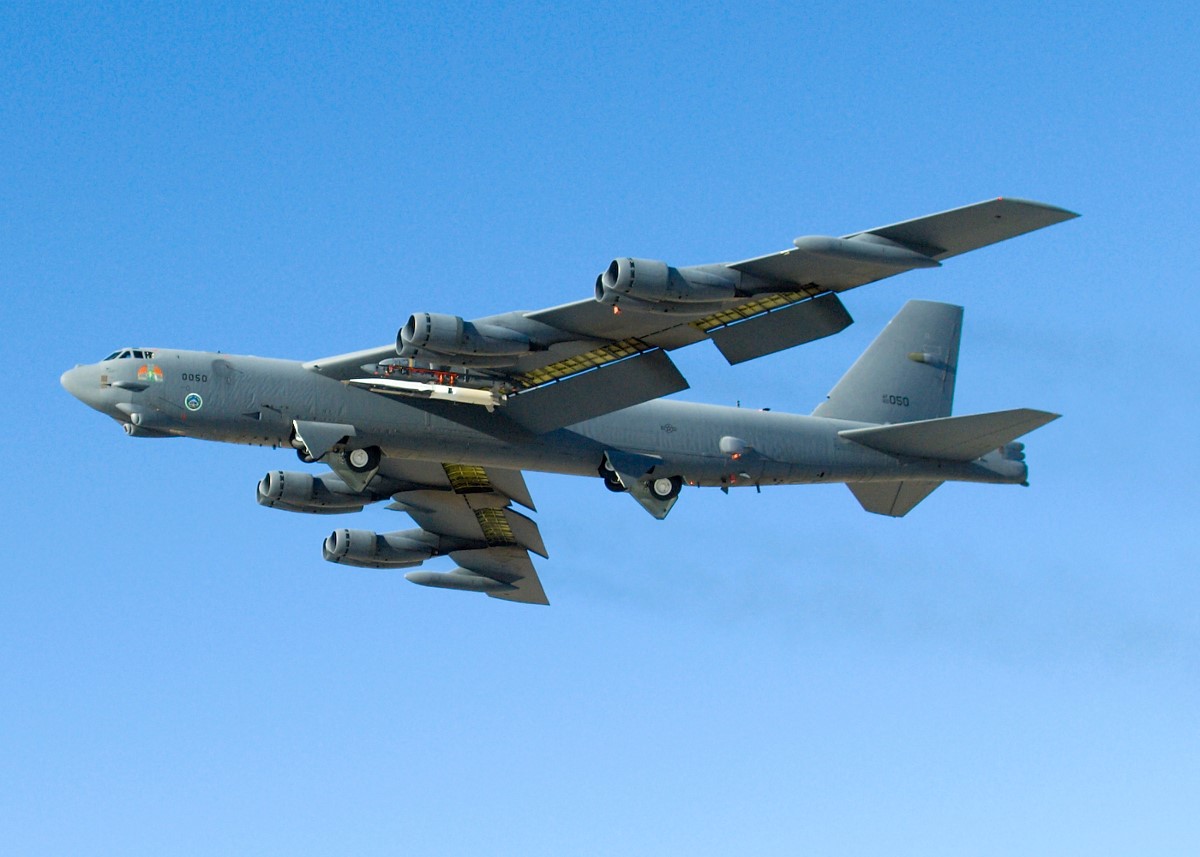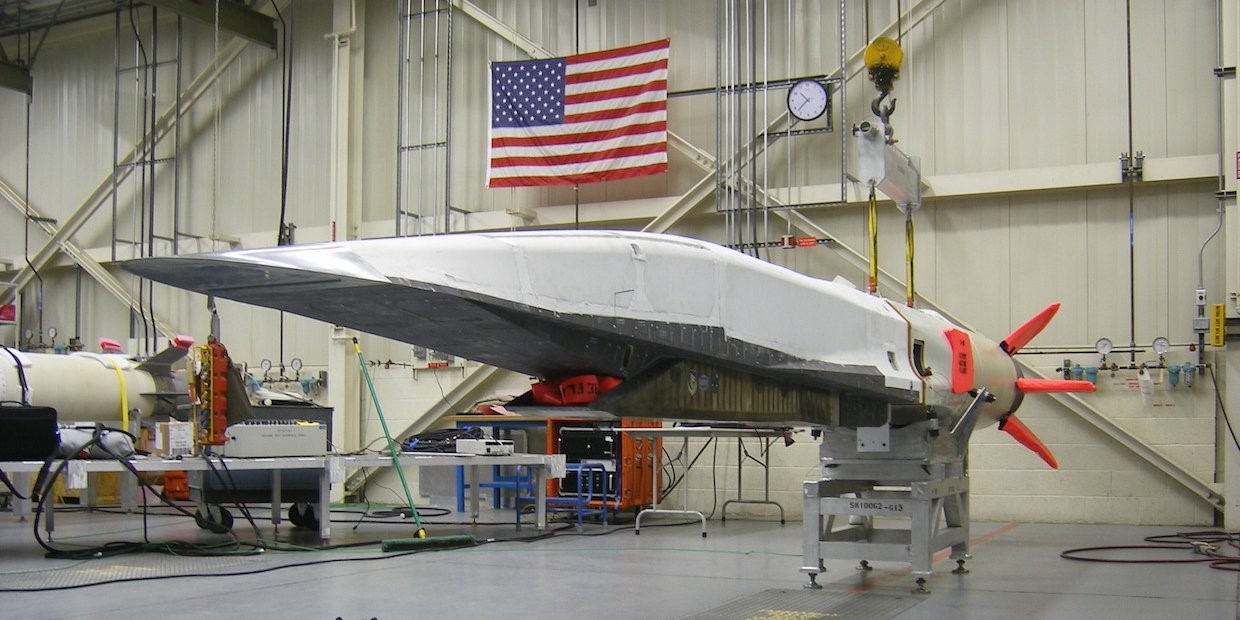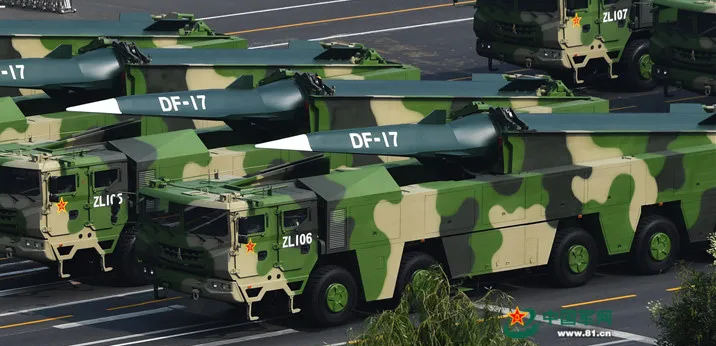- Foreword
This is the first article in this blog where I deal with military matters pertaining to global security. Readers may wonder what UFO/UAP has to do with these issues. They definitely have something to do with it, as we shall see, and it is something that must be known as it affects the security not of one state or another, but that of all mankind, in short it is truly a global security issue. - Introduction
The category of weaponry that goes by the name of Hypersonic Missiles (HM), had already been under development for several years. Nowadays it has reached a certain maturity and some operational applications of the concept are beginning to be deployed, and used.
Hypersonic Missiles are a category of missiles capable of flying at speeds of Mach 5 or greater, that is, at least five times the speed of sound.
There are two broad categories of Hypersonic Missiles: gliding and powered.
The former is propelled to high altitude and accelerated to hypersonic speed by a vector rocket, then released to glide through the atmosphere at speeds exceeding Mach 5.
The latter is propelled to the same general level of hypersonic speed for the whole duration of the flight by a special jet engine, called SCRAMJET.
In addition to hypersonic speed, the two categories of missiles share the capacity of maneuvering during flight.
In this article we will look at the characteristics of Hypersonic Missiles (HM) and what they have in common with Unidentified Aerospace Phenomena (UAPs) and see why these similarities are definitely important. - A disruptive technology
Hypersonic Missiles are the latest development in the field of missiles.
We have seen that the most important aspect of HMs is their very high speed. Furthermore, unlike the older InterContinental Ballistic Missiles (ICBMs), they fly at lower altitudes, follow intrinsically non-easily-predictable flying paths and are capable of maneuvering through the flight. These characteristics make them a threat which is extremely difficult to counter for any existing anti-missile system. - Dangerous similarities
Let us now see what UAPs and HMs have in common and why these common aspects are of significance.
First of all, speed. The speed of which UAPs are known to be capable is equivalent to those of hypersonic missiles.
Second, the flight path profile. Unlike intercontinental ballistic missiles (ICBMs), hypersonic missiles as well as UAPs do not follow easily predictable ballistic trajectories.
Third, the ability to maneuver in flight. Like UAPs, and unlike ICBMs, HMs are capable of maneuvering during flight, typically to evade interception. UAP’s ability to maneuver has long been known and is widely established.
Finally, size. Many are the UAP accounts making state of 'craft' the size of a dozen meters, similar to those of HMs.

A Russian MiG-31 fighter jet releases a new Kinzhal hypersonic missile during a test against a disused warship. (Picture: AP)Furthermore, the typical unpredictability of UAPs’ behavior combined with the extremely limited time allowed for the process of detection, identification, evaluation and reaction to an incoming HM compound with the effect of further increasing the risk.
All this implies the concrete possibility that one UAP, or a formation thereof, may be mistaken for incoming enemy HMs with catastrophic consequences.

A B-52H bomber carrying the experimental X-51 Waverider vehicle. (Source: USAF)
- Conclusion
As we have seen, the risk posed by hypersonic missiles per se is such that it is not limited to affecting the national security of individual states, but goes so far as to involve global security. The similarities between hypersonic missiles and UAPs further complicate the situation, with the effect of increasing the overall level of risk.
In the seventies, an international treaty was signed by the United States of America and the Union of Soviet Socialist Republics. The two superpowers agreed to “undertake to notify each other immediately in the event of detection by missile warning systems of unidentified objects, or in the event of signs of interference with these systems or with related communications facilities, if such occurrences could create a risk of outbreak of nuclear war between the two countries”.

The International Treaty no. 11509 where the USSR and USA agree on measures to reduce risk of outbreak of nuclear war with an explicit mention of UAP at Art. 3 (Source: UN international treaties database)Today, UAPs continue to roam the skies of the planet, and in addition to remaining valid, the concerns that in 1971 led to the signing of Treaty No. 11509 are exacerbated by the presence of HMs.
There is the urgent necessity of diplomatic actions to set up agreements to mitigate the risk to global security posed by the proliferation of these weapons and, as it happened in 1971, there is the necessity of including the UAP phenomenon in the calculus.
In parallel, an open, international scientific study of the phenomenon must be enacted, because in such a potentially dangerous situation it is more important than ever to know as much as possible on it. Specifically, studies should focus on developing a way to reliably distinguish manifestations of the UAP phenomenon from HMs.
After more than 75 years the UAP phenomenon is still mysterious, and while it has never manifested any hostile attitudes of its own, in today’s context it could have nefarious consequences. But it’s not UAPs that are to blame for that.

The Boeing X-51 Waverider US prototype of hypersonic missile. (Source: US Air Force)

Ballistic Reentry Vehicle (RV) Versus Hypersonic Gliding Vehicles (HGV) Trajectories (source: Rand report)
According to a 2017 report from the National Security Research Division of RAND : “The proliferation of such missiles beyond the United States, Russia, and China could result in other powers compressing their response timelines in ways that set their strategic forces on hair-trigger states of readiness — such as a strategy of ‘launch on warning’. And such proliferation could enable such states to more credibly threaten attacks on major powers. “
The scenario depicted in RAND’s report is further complicated by the fact that while the ICBMs only carry nuclear warheads, HMs can carry conventional as well as nuclear warheads, making impossible for the early warning systems personnel to assess the nature of the threat heading towards them.
Thus, a nuclear counterattack triggered by an attack conducted with one or more hypersonic missiles is not an out-of-the-ordinary possibility, even in the case where the attacking hypersonic missiles are non-nuclear.
A further complicating factor is that while ICBMs were limited to two superpowers entangled in a tug-of-war of Mutually Assured Destruction, hypersonic missiles are already in the possession of the world's major powers and are currently the subject of active and advanced research by many other states, like India, Australia and North Korea just to name a few, while many others have manifested an interest in it.
The RAND report concludes that ‘The world would be safer if the proliferation of hypersonic missiles was strongly hindered’.
Moreover, the development of submarine-launched hypersonic missiles would raise the potential threat of – and even entice someone to carry out – a ‘decapitation strike’, thanks to the combination of the inherent stealth of nuclear-powered submarines, speed of HMs, their capacity to carry nuclear warheads and the difficulty to react and counter their threat.

DF-17 Ballistic missiles carrying DF-ZF hypersonic gliding vehicles during the parade for the 70th Anniversary of the People's Republic of China. (Source: missilethreat.csis.org)
___________________________
